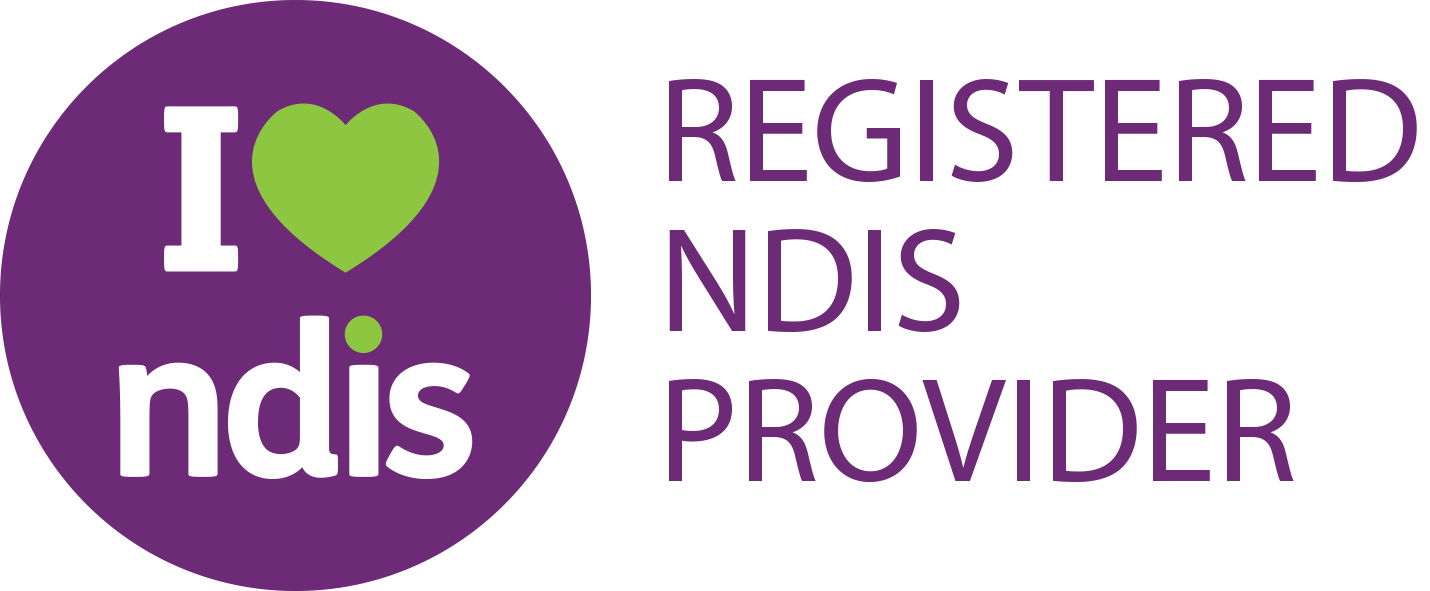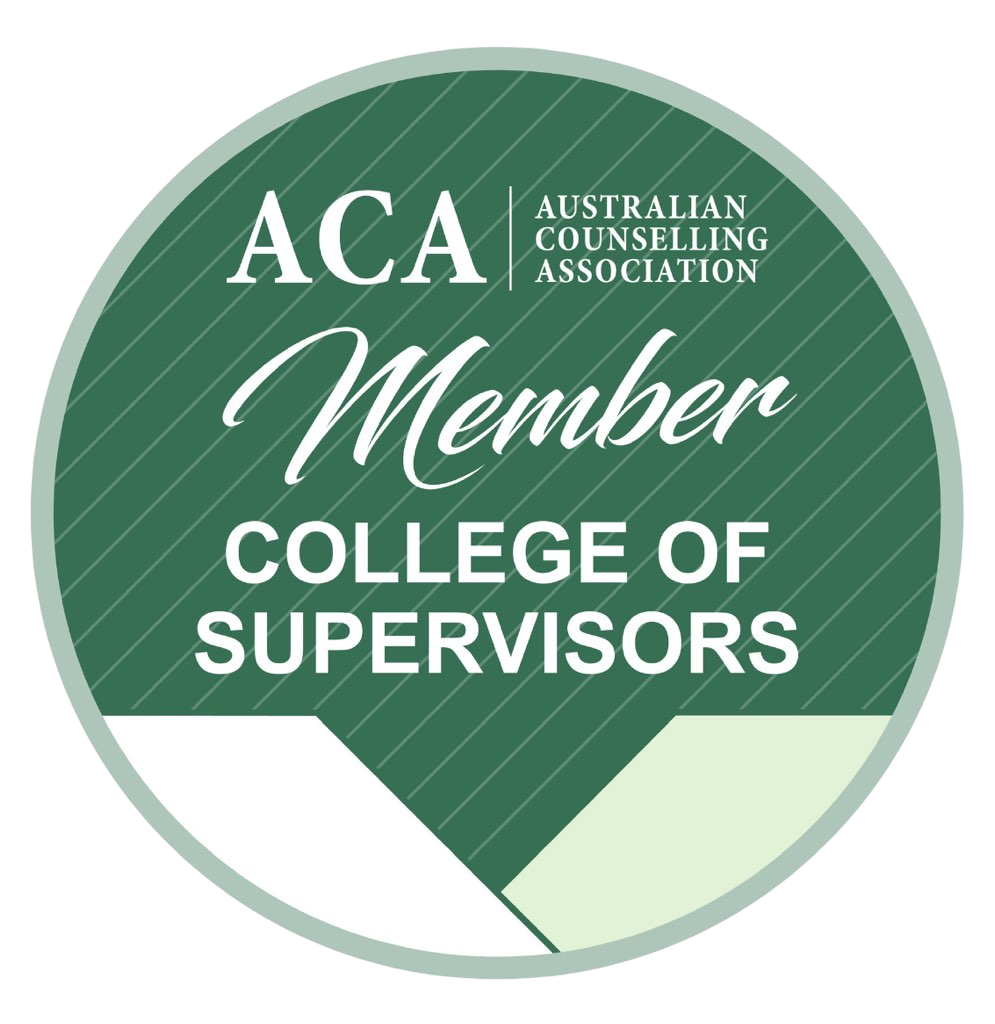Explore Our Blog
The Science Behind Cravings and How to Manage The
Advance Minds Blog
A safe space to explore subjects within the community such as mental health, substance abuse and personal identity.
Our safe space also provides the opportunity for real individuals to express their hardships and success through writing.
Understanding Your Brain’s Urges During Recovery,
Cravings are intense urges or desires to use a substance — often triggered by memories, emotions, stress, or even certain environments.

While they may feel like they come out of nowhere, cravings are actually the result of complex brain activity involving reward systems and learned behaviors. They’re not signs of weakness — they’re neurological reactions formed during repeated substance use.
The Brain’s Role in Cravings 🧠⚡
Substances like alcohol, drugs, or even sugar activate the brain’s dopamine system, a network responsible for feelings of pleasure and reward.
Over time, the brain begins to associate specific people, places, or emotions with that dopamine hit.
This is called conditioning.
When the brain recognizes a “cue” — like driving past an old hangout spot or feeling anxious — it lights up with activity, essentially saying: “This is where we usually get relief. Let’s go get it!” That’s the craving.
These cravings can feel powerful because the brain thinks it’s protecting you. But the good news is: you can retrain it.
Types of Triggers That Spark Cravings
🔗 External Triggers
These are sights, sounds, people, or environments connected to past substance use — like walking by a bar, hearing a certain song, or being around old friends who still use.
💥 Internal Triggers
These include emotional states such as stress, boredom, loneliness, anger, or even celebration.
The brain associates these feelings with past coping habits, which is why cravings often appear during emotional highs or lows.
How to Manage and Reduce Cravings
⏳ Delay and Distract
Cravings usually peak within 10–20 minutes and then fade.
Try to ride the wave by distracting yourself — call a friend, go for a walk, chew gum, or change your environment. Time is your ally.
💭 Practice Urge Surfing
Rather than fighting the craving, observe it. Imagine the urge as a wave: rising, cresting, and then falling.
You don’t have to act on it — just notice it and let it pass.
🧊 Change Your State
Use cold water on your hands or face, step outside, stretch, or shake your body.
Sudden physical changes can reset your nervous system and break the craving loop.
🧩 Identify the Trigger
After the craving passes, reflect on what triggered it. Was it stress? A memory? An environment? Noticing patterns helps you anticipate and prepare next time.
🙏 Use Support
Reach out to someone you trust. A quick check-in with a sponsor, therapist, or friend can provide grounding and help dissolve the craving’s power.
⚙️ Long-Term Strategies That Help
Cravings may not disappear overnight, but with consistent work, their frequency and intensity can fade.
Here's how to support long-term brain healing:
- Maintain healthy routines like sleep, meals, and exercise.
- Use mindfulness and meditation to calm the nervous system.
- Avoid high-risk people, places, and things — especially early in recovery.
- Build a support network and check in regularly, not just during crises.
- Reward your progress with healthy pleasures — music, hobbies, nature, connection.
Final Thoughts ✨🧱
Cravings are not signs of failure — they’re signs that your brain is rewiring and adapting.
Every time you choose not to give in, you create new pathways that support your recovery.
The more you ride through the storm, the stronger your foundation becomes.
You’re not powerless — you’re learning, growing, and taking back control, one moment at a time.

















